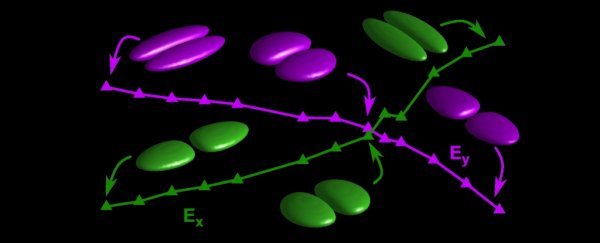If you've ever opened a science textbook, you've probably seen a picture of an atom, with a cluster of protons and neutrons making up its nucleus, around which whirls a swarm of electrons. But you also probably know that all these particles aren't shaped like neat little spheres, as usually depicted.
As far as we know, electrons don't actually have a 'shape' per se - rather, they are either point particles or they are behaving like a wave, which changes shape depending on its energy. Now, for the first time, physicists have revealed the mapping of a single electron in an artificial atom.
The technique involves the use of quantum dots, tiny semiconducting crystals on nanometre scales. You may have heard of quantum dot display technology, such as QLED televisions, but they're useful for a lot more than watching Avengers in high definition.
They are also referred to as artificial atoms because they can basically trap electrons and confine their movement in three dimensions, holding them in place with electric fields. These trapped electrons behave like electrons bound to an atom, and remain in specific locations.
Using a spectroscope, the researchers were able to determine the energy levels in a quantum dot, observing how they behave in magnetic fields of varying strength and orientation.
This in turn allowed the team to calculate the shape of an electron's wave function within the quantum dot, down to scales even smaller than a nanometre.
"To put it simply, we can use this method to show what an electron looks like for the first time," said physicist Daniel Loss of the University of Basel.
But that wasn't all they did. By tuning the electric field, they were able to change the shape of the electron movement, controlling their spins in a highly targeted and precise manner.
This has tremendous implications for future research and technology. It could play a role in quantum entanglement research, since successful entanglement requires the wave functions of two electrons to be oriented along the same plane. Being able to control the shape of an electron's wave function could be vastly beneficial.
As for technology, the spin rate of an electron is a candidate for use as a qubit, the smallest unit of information in a quantum computer, but only if the spin can be brought under control.
Since this spin is partially dependent on the geometry of an electron, this is one potential method for achieving that control.
The research has been published in two papers in Physical Review Letters and Physical Review B.
